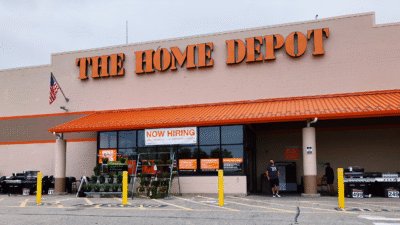
Sign up for smart news, insights, and analysis on the biggest financial stories of the day.
Amazon is ubiquitous. Need groceries? Shop at Whole Foods. Feeling like a movie? Stream one on Amazon Prime Video. Need literally any household good? The Amazon delivery truck perpetually roving your neighborhood will drop it off in a day or two.
Now, even when you’re not shopping with Amazon, Amazon wants you to shop with Amazon. On Thursday, the company announced Buy with Prime, giving Prime subscribers access to membership perks (like extra speedy delivery) for some non-Amazon online purchases, and allowing merchants on non-Amazon retail sites to outsource fulfillment services to the ecommerce giant.
American Prime Story
Like all the coolest parties, Buy with Prime will begin on an invitation-only basis. The first invitees: retailers who already pay for Fulfillment by Amazon, an existing service that grants merchants access to Amazon’s warehouses and shipping operations. Sites joining Buy with Prime — which will also be a paid service, with pricing dependent on various logistical factors — can entice the existing 200 million-plus Prime members with streamlined, Amazon account-linked checkouts and the staple, wantonly indulgent perks of free shipping, next-day delivery, and free returns, which we’ve all come to expect and depend on in a Decline and Fall of the Roman Empire sort of way.
By expanding the reach of the Prime program, Amazon aims to challenge its competitors across online retail as well as the shipping and logistics sectors:
- Through Buy with Prime, Amazon will directly encroach on the home turf of Shopify, the relatively small but mighty ecommerce company offering online merchants the tools to process ecommerce sales on their own sites (rather than list on Amazon or other ecommerce platforms).
- Industry watchers have long speculated Amazon would seek to turn its massive, complex, and growing logistics and fulfillment network into a true competitor of UPS, FedEx, and the USPS, according to CNBC. Buy with Prime will allow Amazon to more directly compete with third-party shipping businesses.
“If you think about it, one of Amazon’s most successful businesses was started as an internal tool,” Technalysis Research chief analyst Bob O’Donnell told CNBC, referring to Amazon Web Services. “They’ve built this huge logistics business initially for their own purposes and now what they’re starting to do is leverage that as its own service.”











